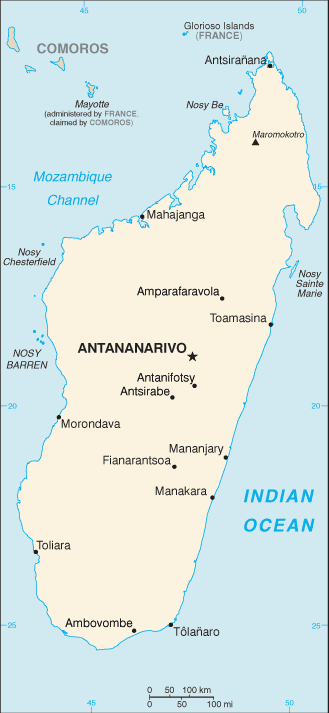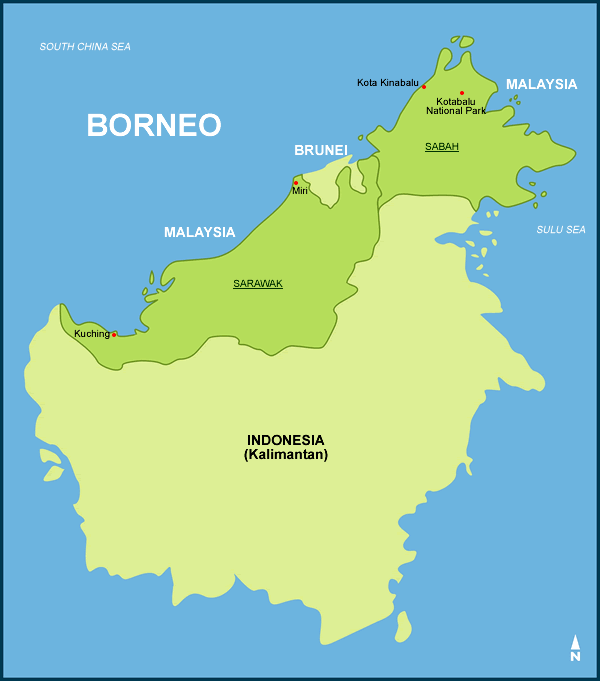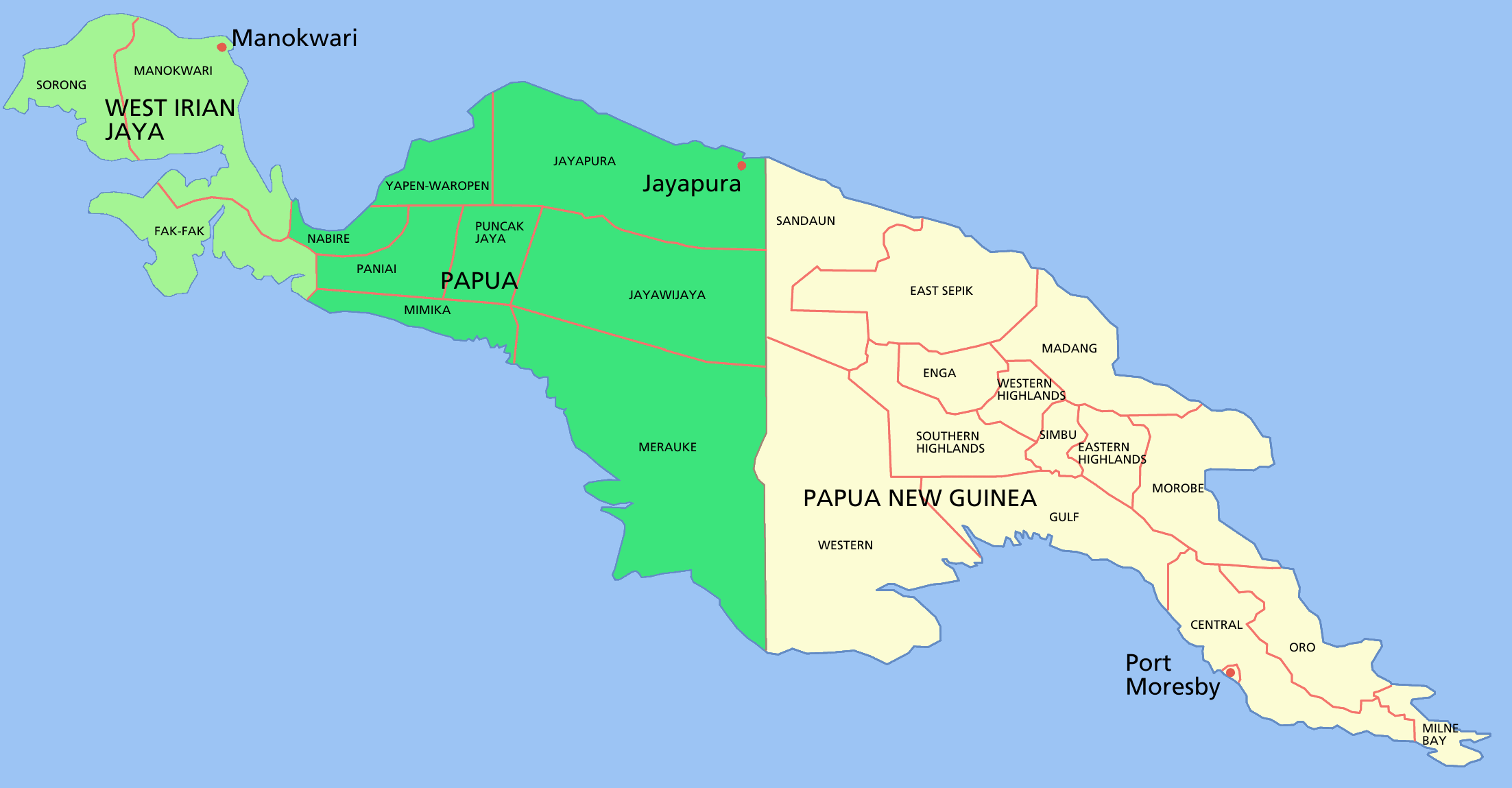
The Seven Largest Islands in the World
|
 4. Madagascar 4. Madagascar
Africa’s most well-known island encompasses 226,641 square miles of land.
The entire island is the largest part of the Republic of Madagascar, which also includes many smaller nearby islands.
The island broke away from the Indian peninsula 88 million years ago and has been an island ever since. As a result, the island is home to many unique species of flora and fauna; in fact, more than 90 percent of the wildlife on Madagascar is found nowhere else. Of the island’s 170 species of palm tree, 165 are endemic, or unique to that ecosystem. Well-known endemic animal species include the lemur and the fossa, a cat-like animal.
Archaeological digs have unearthed evidence of human activity on the island as early as 2000 B.C. Known settlement dates to between 350 B.C. and A.D. 550. Various tribes and ethnic groups ruled parts of the island for hundreds of years. Marco Polo mentions the island in his travelogue. In the early 19th Century came rule by the Kingdom of Madagascar, which covered most of the island. France absolved the monarchy in 1897 and ruled the island for a few decades. The island gained its independence in 1960. The independent nation has also called the Malagasy Republic.
The population of Madagascar is a bit more than 22 million. The country’s official languages are Malagasy and French. The capital city is Antananarivo. |
3. Borneo
The world’s third-largest island encompasses 280,117 square miles of land. The Equator runs through the island.
 Three countries, Brunei and Indonesia and Malaysia, lay claim to land on Borneo. The Kalimantan area (North, South, East, West, and Central) to the south is part of Indonesia. Malaysia’s Sabah and Sarawak regions are in the north. The entire country of Brunei, in the north, is the smallest part of Borneo. Three countries, Brunei and Indonesia and Malaysia, lay claim to land on Borneo. The Kalimantan area (North, South, East, West, and Central) to the south is part of Indonesia. Malaysia’s Sabah and Sarawak regions are in the north. The entire country of Brunei, in the north, is the smallest part of Borneo.
The highest point on the island, Mount Kinabalu, is in Malaysia and rises 13,435 feet above sea level. The island is home to one of the world’s oldest rainforests, which has 15,000 species of flowering plants, 3,000 species of trees, 221 species of land-based mammals, and 420 species of birds.
As early as the 1st Century A.D., cities on Borneo’s west coast were trading with other Asian civilizations, notably China and India. In the 14th Century, Indonesia’s Majapahit kingdom ruled Borneo. In the 15th Century, the Sulanate of Sulu rules the northeastern part of the island. Ruling a large part of the northern part of the island in the 15th to 17th Centuries was the Sultanate of Brunei. An English adventurer named James Brooke helped the Sultan of Brunei stamp out a rebellion in the mid-19th Century, and Brooke’s reward was a big piece of land that he called the Kingdom of Sarawak, which he and his nephew and great-nephew ruled for a century. The 19th Century also saw Great Britain and the Netherlands controlling parts of the island, as part of trade agreements with the island’s leaders. Japan ruled all of Borneo during World War II. North Borneo and Sarawak became British colonies after the war, and then the two became part of Malaysia in 1963. Dutch Borneo joined Indonesia a few years after the war. Brunei was in Britih hands until 1984, when it became an independent country. |
 2. New Guinea 2. New Guinea
The world’s second-largest island encompasses 305,985 square miles of land. Many people think that the shape of the island resembles one of the island’s indigenous birds, the bird-of-paradise. Indeed, the Bird’s Head Peninsula lies at the northwest of the island, and the Bird’s Tail Peninsula is in the southeast.
The highest mountains in Oceania are on the western part of New Guinea. The highest peak, Puncak Jaya, stretches 16,024 feet above sea level. Also on the island are four other peaks higher than 14,000 feet.
The island of New Guinea is full of lows as well, featuring lowland rainforests, wetlands, and grasslands, sites of national parks and a UNESCO World Heritage Site. Mangroves grow in abundance.
Human settlement on the island dates to at least 40,000 years ago. Much more recently, Spanish explorers in the 16th Century called the island Nueva Guinea, and the name stuck. Germany, Great Britain, and the Netherlands have owned parts of the island since then; Australia owned a part in the 20th Century. Now, two countries, Indonesia (west) and Papua New Guinea, claim land on the island.
Farming is a popular industry. Main crops grown include bananas, cacao, coffee, sweet potatos, and tea.
|
Number 1 |
Social Studies for Kids
copyright 2002–2016
David White |